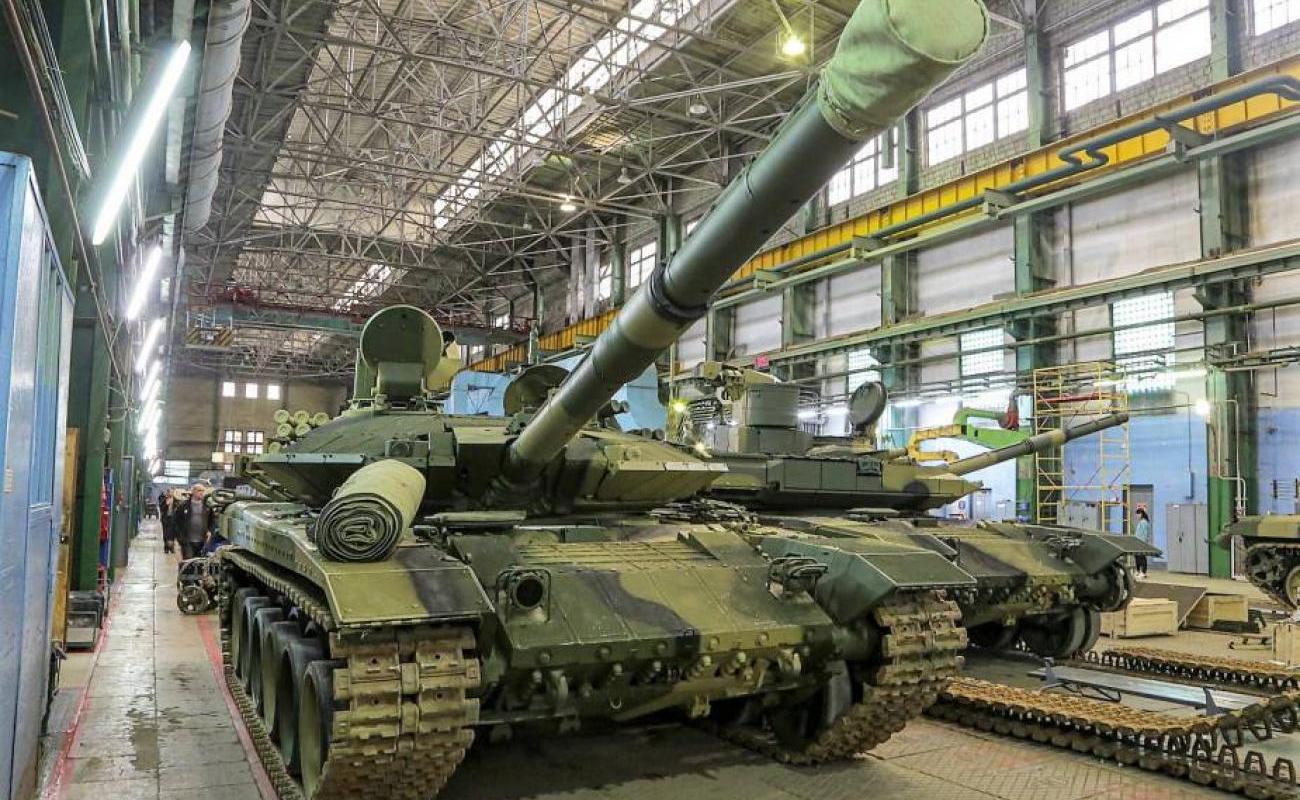How Russia is shifting the economy to "military tracks" and how much it will spend on war in 2023.

Full or little: the glass is half empty or half full
As they say, there is a part of truth in every joke, and in every statement of a civil servant there is truth, there is embellishment or just nice words. It is the same with the statements of the representative of the Russian Federation that he is shifting the economy to "military tracks".
Even Russian propagandists do not hide the fact that Russia joined the great war. Hat-tossing feelings are a thing of the past, and the longer the hostilities last, the more the government and the Kremlin realize that the economy must function in a "guns instead of oil" regime. But this does not mean that the Russian economy is in the state of the Soviet Union from the Second World War, when "everything is for the front, everything is for victory", and the civilian sector of the economy is reduced to food production and its distribution via cards.
It is clear that the Russian economy is organized differently. Hostilities are being waged on the territory of Ukraine. The task of rebuilding the entire economy in general, like World War II, is not worth it. But, at the same time, we see that the government is making additional decisions, laws, regulations, budget funds are being redistributed, which are increasingly directed towards the war.
One of the signs of this restructuring of the economy is clearly visible in the budget for the next year. This year, the government increased budget expenditures by 15 percent without the consent of the parliament. At the same time, direct military expenses, which follow the state's defense expenses, have increased almost one and a half times. This means that the government allocated more than a trillion and a half rubles for military expenses.
A lot or a little is like looking at it: the glass is half empty or half full. Trillion and a half is slightly more than five percent of budget expenditures. And in general, out of budget expenditures, somewhere around 29 trillion, approximately five billion (this is one sixth) goes to national defense. But that's not all. The Government of the Russian Federation increased the so-called national expenditures. This is usually the maintenance of ministries and agencies, the judicial system, investigative bodies. It is clear that the increase of these costs by 60 percent is also related to the costs that Russia spends on financing and maintaining the administration in the occupied territories of Ukraine. Then there is the increase in spending directed at law enforcement agencies. The Russian Guard actively participates in the surveillance and maintenance of the occupied territories.
And when we sum it all up, we see that this year Russia spends about five percent of GDP on military expenses (in the broadest sense of the word). This is a historical record for the post-Soviet period, starting in 1992. Until now, the maximum was the level of 2016, when it amounted to a percent of GDP. But it was also a game of statistics, because the Ministry of Finance summarized the repayment amount of all the loans given by the banks. In principle, Russia has never spent more than 3.7 percent of GDP on defense. Here we see that financial resources go to finance the war. And this is how the restructuring of the Russian economy looks like on "military tracks".
